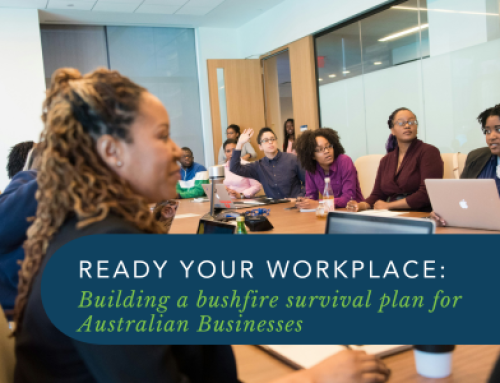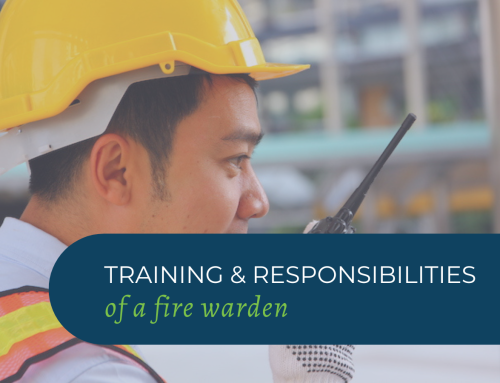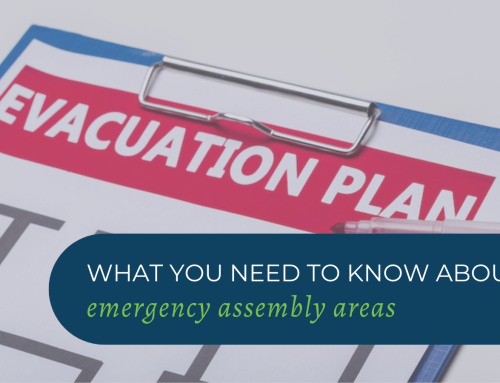You’ve no doubt heard a lot about the NBN, and your home network has probably already been changed to it – or you’ve been advised that it will happen soon.
This changeover also affects businesses, and you need to know the risks that come with changing to NBN in your workplace.
As you may already know, the NBN is replacing the majority of phone and internet lines in Australia.
Like emergency medical devices in the home, there are workplace emergency communication systems that will also be affected by the migration from the previous network to the NBN.
These include monitored security and fire alarm systems, medical alarms and emergency phones in elevators.
It’s crucial to have contingency plans in place for any service dropouts during the change over to NBN and to ensure that all emergency communication systems are functioning correctly.
The risk of injury or death is minimised when you do this.
You’re also protecting yourself from being in breach of WHS legislation if these systems are operating properly.
If your workplace has already been connected to the NBN
It’s important to note that while your internet and phone lines are ‘automatically’ changed to the NBN, you will still need to manually go through your emergency communication systems to organise their migration to the NBN.
This includes your monitored security, medical or fire alarm systems, as well as the emergency phones in each elevator.
Your service provider or (providers) will be able to tell you if your emergency communication systems are operating correctly, are on the NBN network, and if they will continue to work if the power goes out.
Interim solutions for outages with your emergency communication systems
As mentioned before, if your systems aren’t functioning correctly then you’re putting people at risk, and you’re possibly in breach of WHS legislation as well.
This means that you need to look at what solutions can be put in place in the interim until the situation is resolved.
When coming up with these solutions, you should look at the demands not just in business hours but after hours as well.
People such as security or cleaning staff need access to emergency communication systems just as much as those in business hours do.
These options can differ depending on what your service provider can offer, so be sure to contact them to find out more.
If your workplace hasn’t been connected to the NBN yet
If the NBN has only just been rolled out in your area and your workplace is yet to be connected, you first need to identify all of the emergency communication systems within your facility.
You then need to gather important information about them, such as the services’ phone number/s.
Get in touch with your service provider to find out what your options are, then once you’ve found the best solution, get your provider to start migrating these services.
Once this has been completed, be sure to test to make sure that the migration has gone successfully.
Ensure that all emergency communication systems are working, and regularly monitor them like all other important systems and equipment in the workplace
Migrating your emergency communication systems to the NBN is a non-negotiable for almost every workplace, so you need to be prepared.
You should always consult your service provider and NBN Co. to ensure that you have the most accurate information, and can thoroughly discuss your options to determine what’s best for your facility.
The NBN and your service provider are there to make the transition as easy as possible, and to help keep people who rely on emergency systems safe.
GET IN TOUCH
Are you ready for peace of mind that your workforce is as safe and prepared as possible?
With a dedicated team of staff ready to help you meet compliance requirements and improve the overall safety of your workplace, all you need to do is get in touch.
Request your free audit today!



